The climax is a pivotal moment in any narrative, serving as the peak of the story's tension and conflict. It is the turning point that determines the outcome of the plot and profoundly impacts the characters and audience alike. Understanding and crafting effective climax examples is crucial for any storyteller.
What is a Climax of a Story Example?
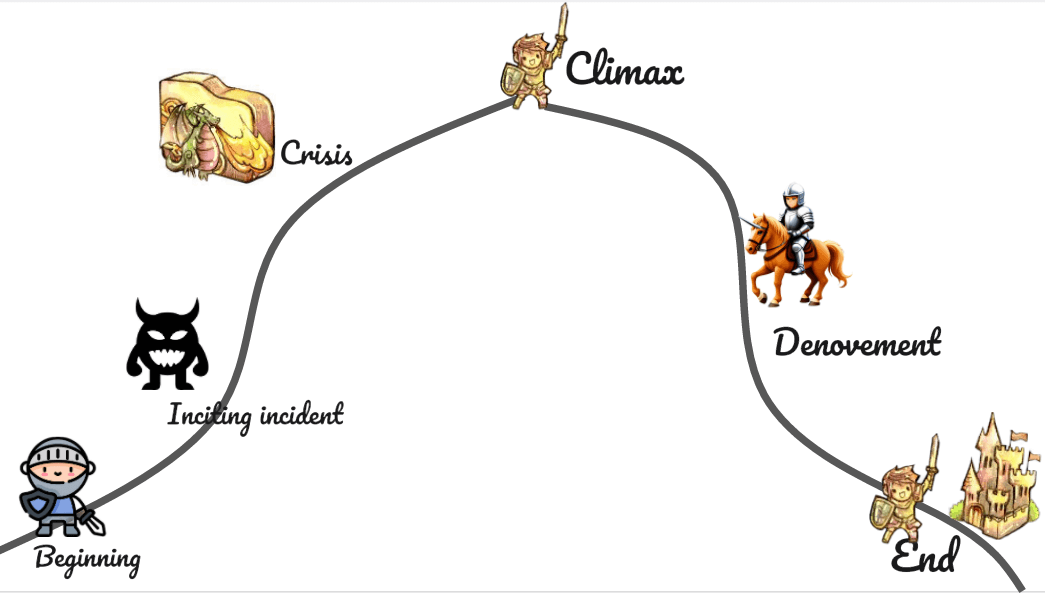
The climax of a story is the moment of greatest tension, drama, or conflict, which usually serves as the turning point in the narrative. It is where the main character faces their biggest challenge or makes a crucial decision, leading to the resolution of the plot.
Climax examples are the moment when the main conflict reaches its highest point. It's characterized by heightened emotions, significant actions, and irreversible decisions. For instance, in Shakespeare's "Romeo and Juliet," the climax occurs when Romeo kills Tybalt, leading to his banishment and the ensuing tragedy.
Examples of Climax in Literature
Here are several examples of climax in literature that showcase the moment of greatest tension and the turning point of the story
1. "Romeo and Juliet" by William Shakespeare
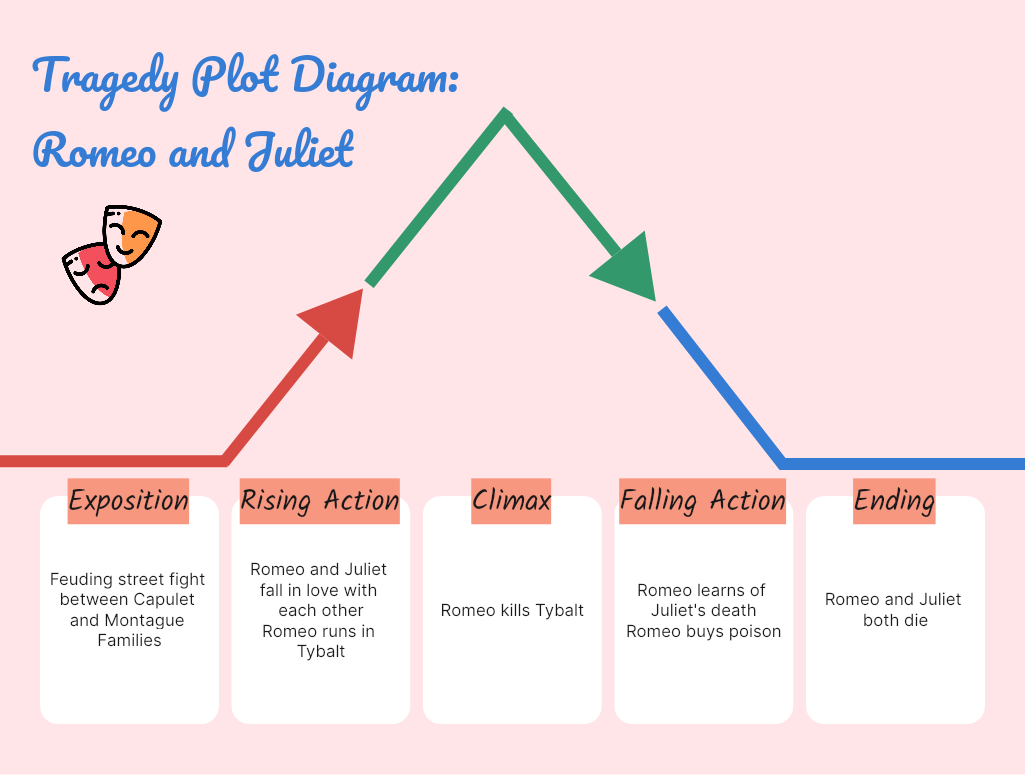
The climax occurs in Act 3, Scene 1 when Romeo kills Tybalt in a duel. This moment of intense conflict leads to Romeo’s banishment and sets off a chain of events that ultimately results in a tragic ending.
2. "To Kill a Mockingbird" by Harper Lee
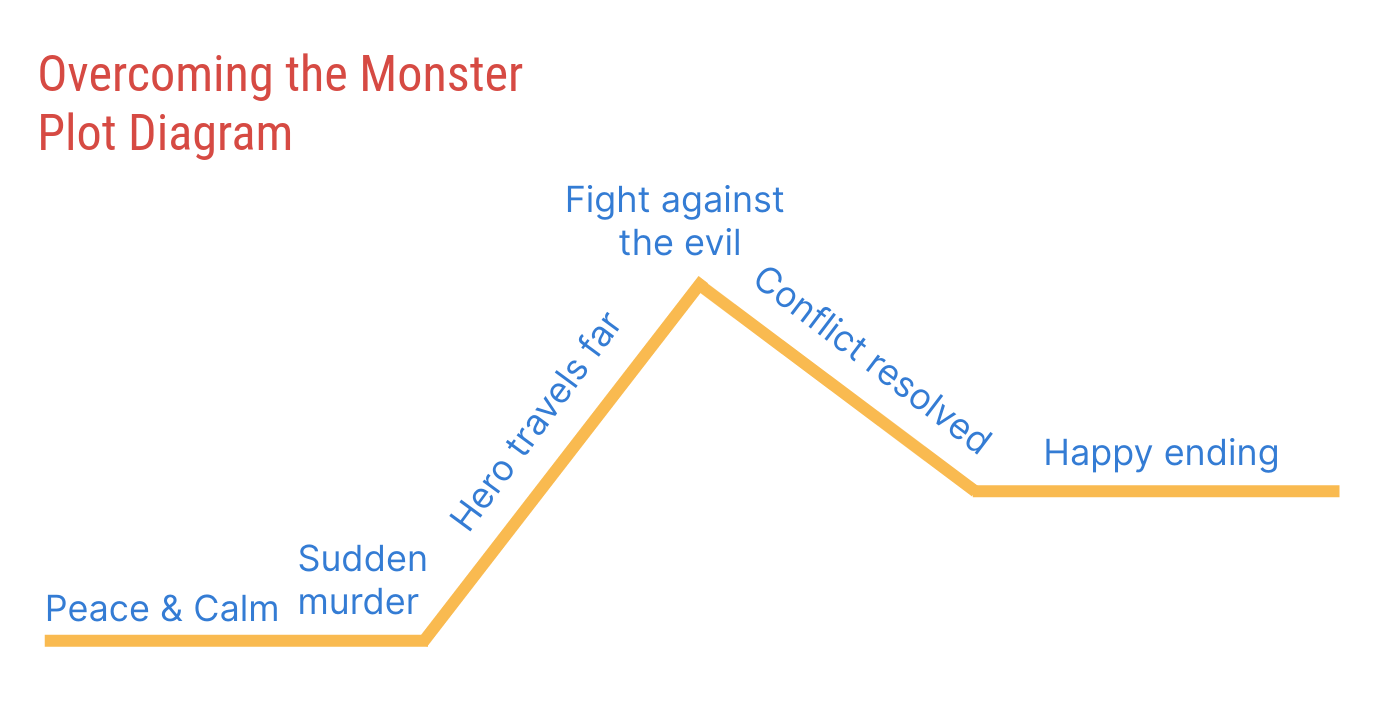
The climax example happens when the jury delivers the guilty verdict against Tom Robinson. This moment encapsulates the novel’s central themes of racial injustice and moral growth, profoundly affecting the characters, especially Scout and Atticus Finch.
3. "The Great Gatsby" by F. Scott Fitzgerald
The climax is reached in the confrontation between Gatsby and Tom Buchanan in the Plaza Hotel. Gatsby’s dream of rekindling his romance with Daisy is shattered when she cannot renounce her love for Tom, leading to the tragic unraveling of events.
4. "Moby-Dick" by Herman Melville
The climax occurs when Captain Ahab finally encounters Moby Dick, the white whale. The ensuing battle between Ahab and the whale is the high point of tension and action, leading to Ahab’s downfall and the whale’s ultimate triumph.
5. "1984" by George Orwell
The climax is when Winston Smith and Julia are captured by the Thought Police. Winston’s subsequent torture and brainwashing by O’Brien mark the moment of ultimate conflict and the crushing of Winston’s rebellious spirit.
6. "The Catcher in the Rye" by J.D. Salinger
The climax is when Holden Caulfield sneaks into his parents’ apartment and talks to his younger sister, Phoebe. This conversation is a turning point for Holden, as it brings his inner turmoil to the forefront and leads to his eventual breakdown.
These climaxes illustrate how pivotal moments of conflict, revelation, or decision drive the narrative forward and shape the ultimate resolution of the story.
Climax Examples in Modern Literature and Film
1. "The Hunger Games" by Suzanne Collins
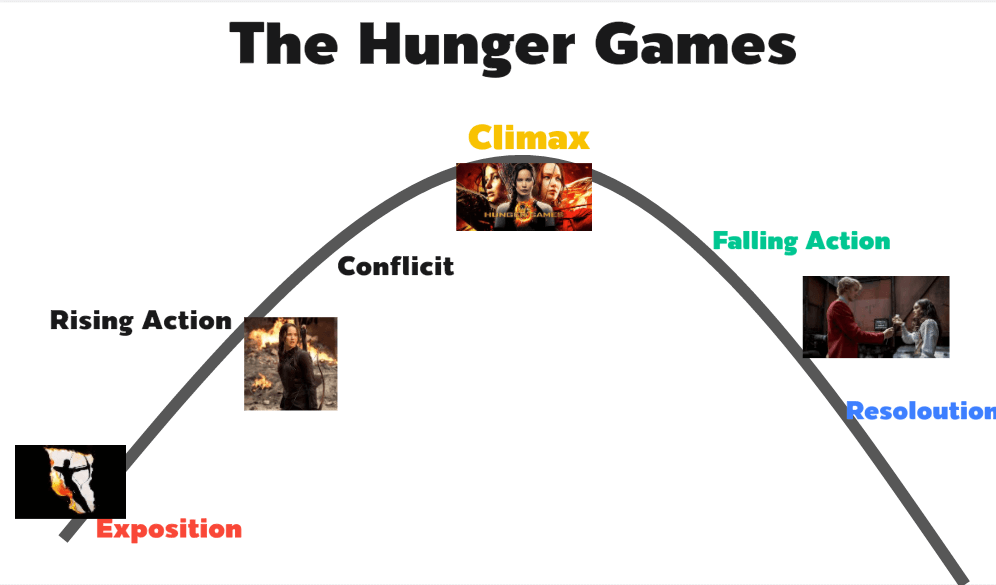
The climax occurs during the final moments of the Games when Katniss and Peeta threaten to eat the poisonous berries, forcing the Capitol to declare them both winners. This act of defiance sets the stage for the rebellion against the oppressive regime.
2. "The Road" by Cormac McCarthy
The climax is reached when the father and son encounter a group of cannibals. The father’s actions to protect his son highlight the extreme measures they must take to survive in a post-apocalyptic world, leading to the father's eventual demise and the boy’s uncertain future.
3. "The Girl on the Train" by Paula Hawkins
The climax occurs when Rachel confronts Tom and realizes he is Megan’s killer. The intense struggle that ensues, resulting in Tom's death, brings Rachel’s journey of uncovering the truth and reclaiming her life to a critical point.
4. "Parasite" (2019)
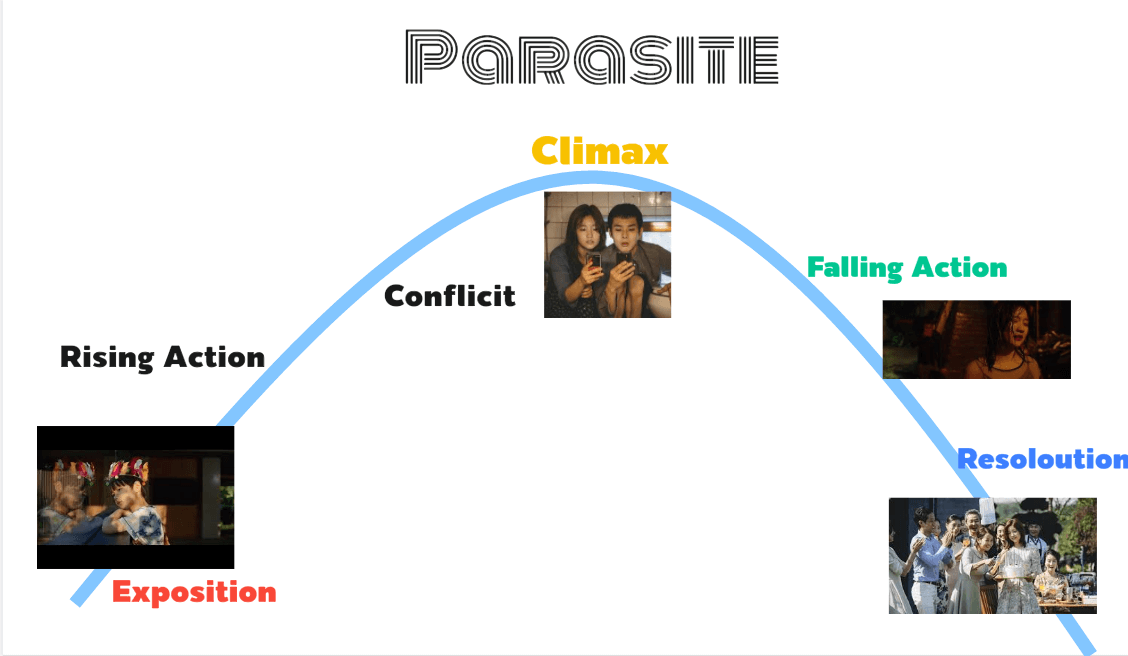
The climax occurs during the garden party when Ki-woo's family’s secret is revealed, and chaos erupts. The violence and unexpected twists highlight the underlying social tensions, leading to a dramatic and tragic resolution that underscores the film’s themes of class disparity.
5. "Inception" (2010)
The climax occurs during the multi-layered dream sequence when Cobb and his team attempt to plant an idea in Fischer’s mind. The tension peaks as Cobb confronts Mal and must choose between staying in the dream world or returning to reality, ultimately leading to the ambiguous spinning top ending.
What is a Good Climax Example?
A good climax example is a moment of high tension and emotional intensity that serves as the turning point of the story, resolving the central conflict. Here's a detailed example from modern literature:
Example: "Harry Potter and the Deathly Hallows" by J.K. Rowling
Climax Description: In "Harry Potter and the Deathly Hallows," the climax occurs during the Battle of Hogwarts. The moment of highest tension is when Harry confronts Voldemort in the Great Hall. This scene is filled with suspense, action, and emotional weight as the two adversaries face off for the final time.
Why It's a Good Climax?
High Stakes:
The fate of the wizarding world hangs in the balance. If Voldemort wins, darkness and tyranny will prevail. If Harry wins, peace and justice will be restored.
Character Arcs:
Harry’s journey from a young, uncertain boy to a courageous and self-sacrificing hero culminates in this confrontation. His willingness to face death to protect his friends and the world is a testament to his growth.
Voldemort’s overconfidence and hubris are highlighted, leading to his ultimate downfall.
Emotional Impact:
The scene is charged with emotion as beloved characters fight and fall. The readers are deeply invested in the outcome due to their connection with the characters over the series.
Harry’s internal struggle and his final revelation about the Elder Wand add depth to the climax.
Resolution of Central Conflict:
The central conflict between Harry and Voldemort, representing good versus evil, reaches its peak and is resolved. Harry’s victory signifies the triumph of love, bravery, and friendship over hatred and fear.
Logical Progression:
The climax is a natural result of the events leading up to it. The clues, Horcruxes, and character motivations all align perfectly to bring the story to this critical point.
Crafting a Good Climax: Key Elements
Build Up Tension:
Gradually escalate the stakes and conflicts throughout the story. The climax should feel like the inevitable result of these rising tensions.
Clarity and Resolution:
Provide a clear resolution to the central conflict. While not all questions need to be answered, the primary storyline should reach a satisfying conclusion.
Consistency and Believability:
Ensure the climax is consistent with the story’s themes, character motivations, and plot developments. It should feel like a natural and believable culmination of the narrative.
How to Write a Powerful Climax Example?
Writing powerful climax examples involves creating a moment of high tension and emotional impact that resolves the main conflict of the story. Here’s a step-by-step guide with an example to illustrate the process:
Steps to Write a Powerful Climax:
Build Up Tension
Gradually increase the stakes and challenges faced by the protagonist. Each event should escalate the conflict, leading to the climax.
Focus on the Protagonist’s Conflict
Center the climax examples around the protagonist’s main conflict, whether internal or external. This moment should reflect their journey and growth.
Create Emotional Impact
Evoke strong emotions in the reader through the characters' experiences and decisions. Use vivid descriptions and sensory details to immerse the reader.
Ensure Logical Progression
The climax should be a natural result of the story’s preceding events. Ensure that the buildup leads logically to this turning point.
Provide a Turning Point
The climax should lead to a significant change or decision that propels the story towards its resolution. This moment should be decisive and conclusive.
Add Unexpected Twists
Incorporate plot twists or revelations that surprise the reader while remaining believable within the story’s context.
Using Boardmix to Develop a Climax
Boardmix can be an invaluable tool in planning and refining your story's climax. Here’s how to use it effectively:
Visual Mapping:
Create a storyboard or mind map on Boardmix to outline key events leading to the climax. This visual aid helps ensure a logical progression and buildup of tension.
Timeline Creation:
Use a timeline template to plot out the narrative, ensuring a logical progression towards the climax examples.
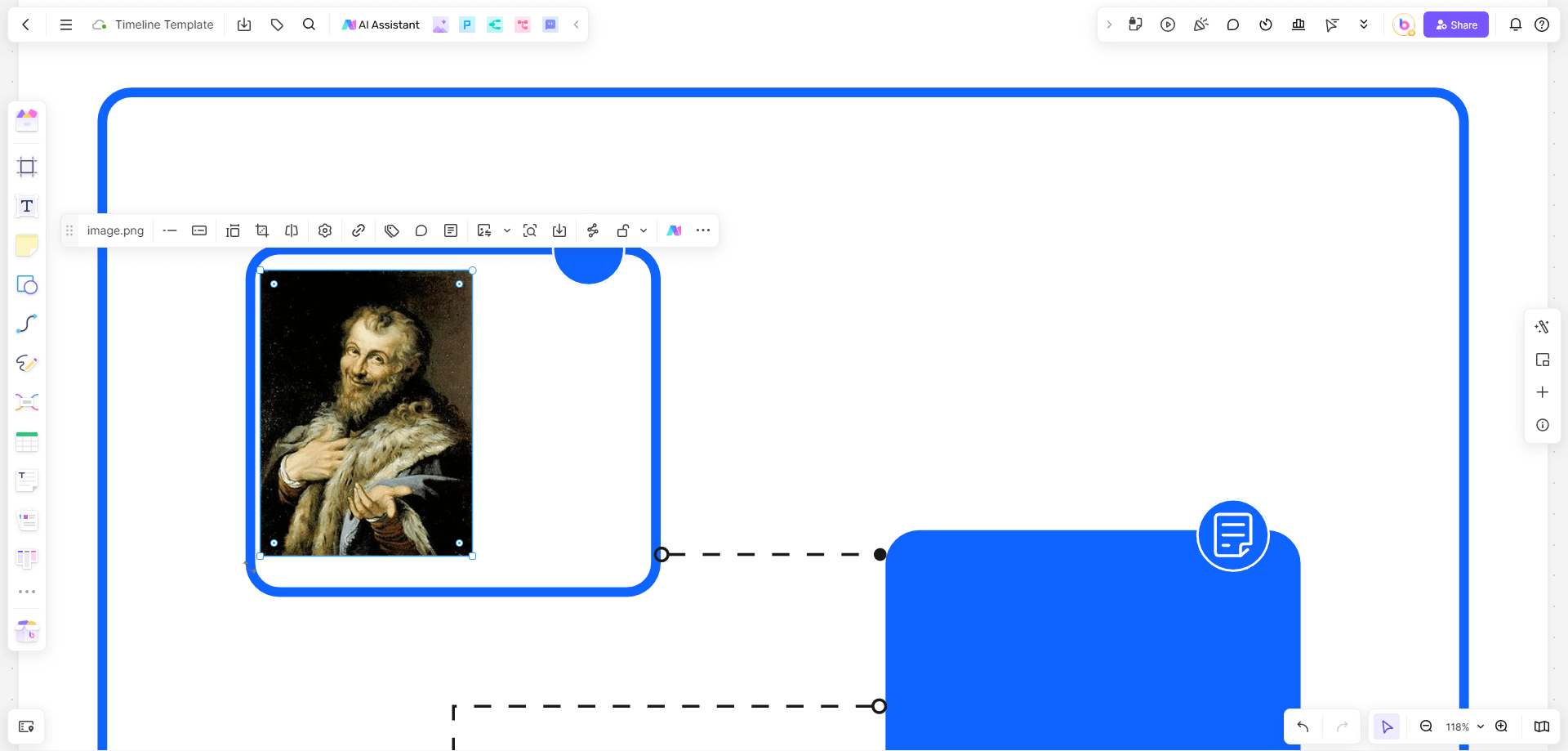
Character Arcs:
Use Boardmix to track character development and how their journeys intersect at the climax. This ensures that their actions are motivated and contribute to the resolution.
Feedback and Collaboration:
Share your Boardmix diagrams with peers or editors for feedback. Collaborative brainstorming can refine the climax examples and enhance its impact. Collaborative brainstorming can help refine the climax and enhance its impact.
The climax examples are a critical component of storytelling, requiring careful construction and execution. Utilizing tools like Boardmix can significantly enhance the process, making it easier to develop compelling and impactful climax examples.









